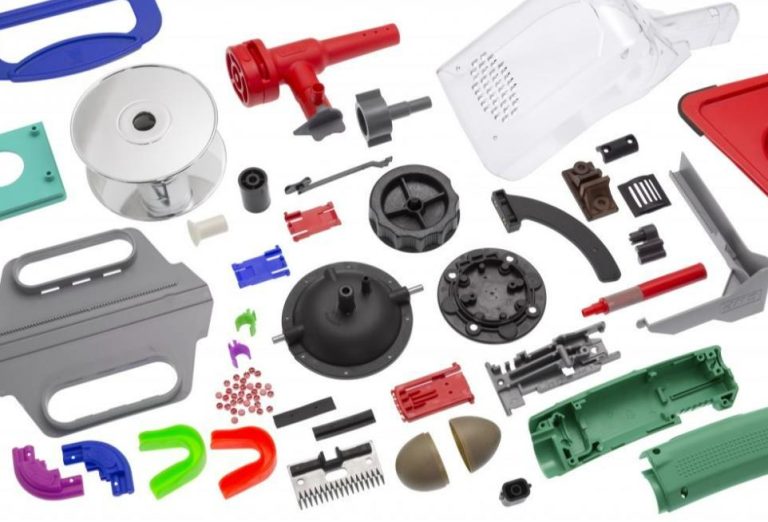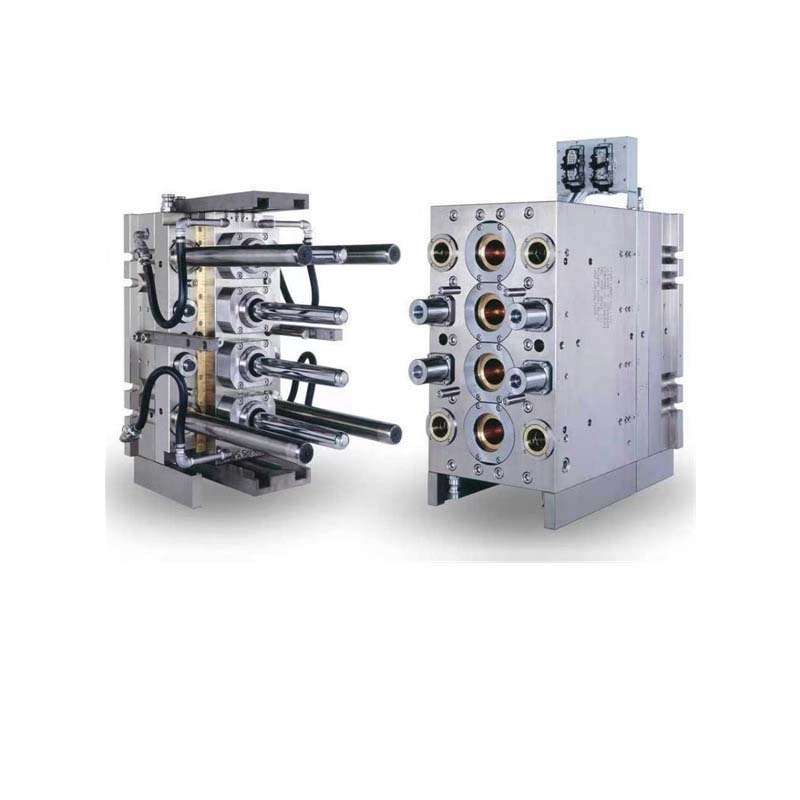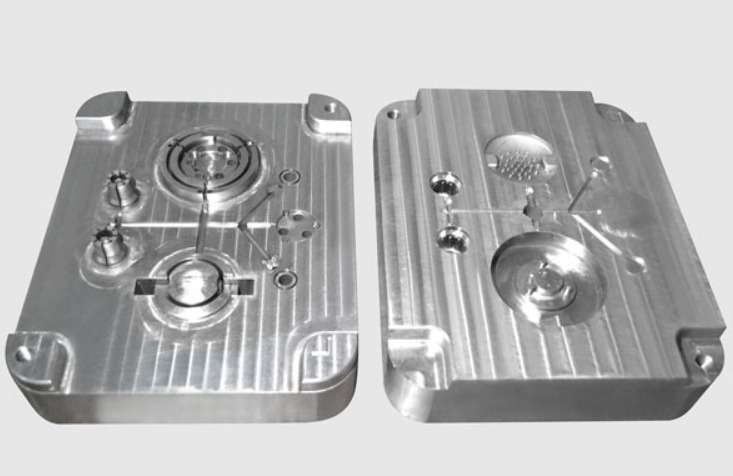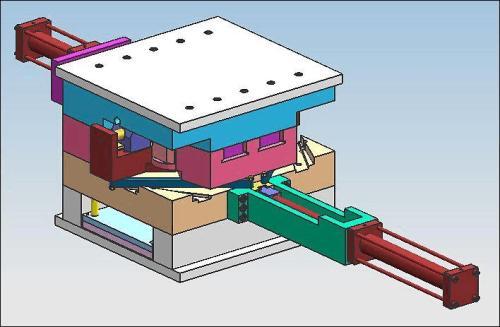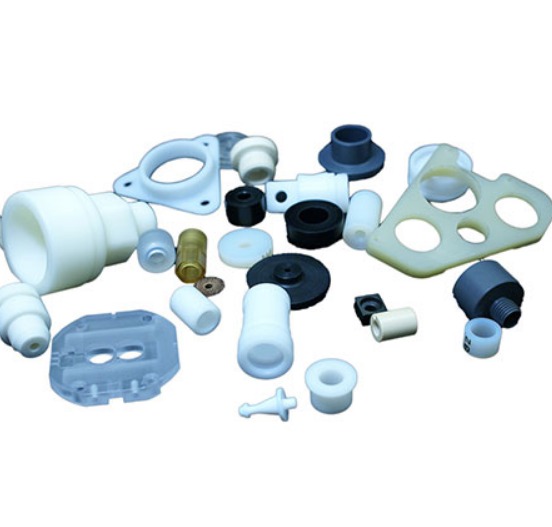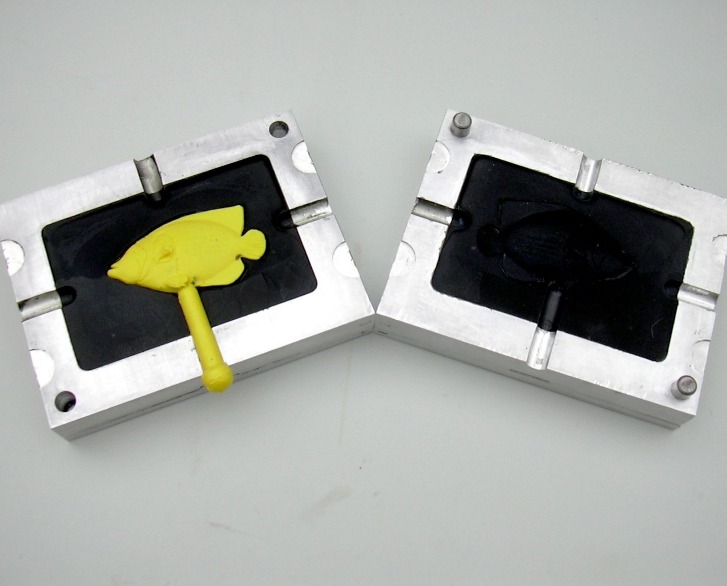Introduction
What is Plastic Mold Processing?
Plastic mold processing is a manufacturing process that involves creating molds used to shape plastic materials into various products. These molds serve as the templates for producing a wide range of plastic items, from small components like buttons and connectors to large parts such as automotive bumpers and household appliance casings. The process of plastic mold processing is highly intricate and requires a combination of advanced engineering techniques, precision machinery, and skilled craftsmanship.
The importance of plastic mold processing cannot be overstated in modern manufacturing. With the increasing demand for plastic products across various industries, including automotive, electronics, consumer goods, and medical, the need for high - quality plastic molds has become crucial. High - precision plastic molds ensure the accurate replication of product designs, resulting in consistent product quality, dimensional accuracy, and surface finish. This not only improves the functionality of the plastic products but also enhances their aesthetic appeal, making them more marketable.
In this article, we will explore the step - by - step process of plastic mold processing. Understanding these steps is essential for manufacturers, engineers, and anyone interested in the field of plastic mold manufacturing, as it provides insights into how plastic products are brought from design concepts to tangible items.
The Fundamental Steps of Plastic Mold Processing Process
Design Phase
The design phase is the cornerstone of plastic mold processing. It starts with product design, where engineers use computer - aided design (CAD) software to create a 3D model of the final plastic product. This model defines the product's shape, size, and functionality. For example, when designing a smartphone case, factors such as the precise cut - outs for buttons, camera, and charging ports need to be carefully considered.
Following product design is mold design. Mold designers take the product model and convert it into a mold design. They determine the layout of the mold, including the number of cavities (if multiple products are to be molded in one cycle), the location of the gating system (which controls the flow of molten plastic into the mold), and the design of the cooling channels. A well - designed cooling system can significantly reduce the cooling time of the plastic parts, improving production efficiency. A poorly designed mold can lead to issues like uneven cooling, which may cause warping or dimensional inaccuracies in the final products.
Material Selection
Selecting the right plastic material is crucial as it directly impacts the properties of the final product. There are numerous plastic materials available, each with its own set of characteristics.
| Plastic Material | Characteristics | Common Applications |
| Polyethylene (PE) | High chemical resistance, low cost, good electrical insulation | Bottles, bags, toys |
| Polypropylene (PP) | High melting point, good stiffness, excellent fatigue resistance | Automotive parts, food containers, medical devices |
| Polystyrene (PS) | Transparency, rigidity, low cost | Packaging, disposable cutlery, model kits |
| Polycarbonate (PC) | High impact resistance, good heat resistance, transparency | Eyewear lenses, electronic device housings, automotive headlamp lenses |
When choosing a material, factors such as the product's intended use, required mechanical properties (such as strength, flexibility), chemical resistance, and cost must be taken into account. For a product that will be exposed to chemicals, a material like polyethylene with high chemical resistance would be a suitable choice.
Mold Manufacturing
Machining
Once the mold design is complete, the manufacturing process begins. Machining is a critical step in mold making. Computer - numerical - control (CNC) machining is widely used. CNC machines can precisely cut and shape the mold components according to the design specifications. They can work with various materials, including steel, aluminum, and copper alloys.
Another important machining method is electrical discharge machining (EDM). EDM is used to create complex shapes and fine details in the mold that are difficult to achieve with traditional machining methods. It works by using electrical discharges to erode the material from the workpiece. For example, in the production of molds with intricate internal structures, EDM can accurately create the desired cavities and channels.
Assembly
After the individual mold parts are machined, they need to be assembled. The assembly process requires high precision. Each part must be carefully aligned and fastened together. Misalignment during assembly can lead to issues such as uneven plastic flow during injection molding, resulting in defective products. Specialized fasteners and alignment pins are often used to ensure the accurate positioning of the parts. Quality control checks are also carried out during and after assembly to verify the integrity of the mold.
Plastic Injection
Preparation
Before the injection molding process, the plastic material needs to be prepared. Plastic granules are often dried to remove any moisture. Moisture in the plastic can cause defects such as bubbles and voids in the final product. For example, materials like nylon are highly hygroscopic and require thorough drying.
Colorants may also be added at this stage to achieve the desired color of the plastic product. The colorants can be in the form of masterbatches, which are concentrated mixtures of color pigments and a carrier resin. They are mixed with the base plastic granules in the appropriate proportion to obtain the correct color.
Injection Molding Process
The injection molding process is carried out using an injection molding machine. The machine consists of a hopper where the plastic granules are fed, a heating barrel that melts the plastic, an injection unit that injects the molten plastic into the mold, and a clamping unit that holds the mold closed during the injection and cooling phases.
The working principle is as follows: the plastic granules are fed into the heating barrel, where they are heated to a molten state. The molten plastic is then forced, under high pressure, through the gating system and into the mold cavities. The injection pressure, injection speed, and melt temperature are crucial parameters that need to be carefully set. For example, a high injection pressure may be required for filling complex - shaped molds, but if it is too high, it can cause flash (excess plastic around the edges of the product).
Cooling and Solidification
After the plastic is injected into the mold, it needs to cool and solidify to take the shape of the mold cavity. The cooling process has a significant impact on the quality of the Plastic products. A well - designed cooling system, consisting of channels within the mold through which a cooling medium (usually water) flows, helps to remove heat from the plastic evenly and efficiently.
If the cooling is uneven, the plastic may shrink at different rates, leading to warping and distortion of the product. The cooling time is also an important factor. It should be long enough to ensure that the plastic is fully solidified before the mold is opened, but not too long as it would reduce production efficiency. For example, for a thick - walled plastic part, a longer cooling time may be required compared to a thin - walled part.
Ejection and Finishing
Once the plastic part is solidified, it needs to be ejected from the mold. Ejection is typically achieved using ejector pins, which are pushed against the plastic part to force it out of the mold cavity. After ejection, the plastic part may have some excess material, such as sprue (the channel through which the plastic was injected) and runner (the channels that distribute the plastic to the cavities), which need to be removed through a process called trimming or cutting.
The part may also require further finishing operations, such as sanding to improve the surface finish, polishing to achieve a high - gloss appearance, or painting to add color or protect the surface. These post - processing steps are essential to enhance the aesthetic and functional qualities of the final plastic product.
Yigu Technology's Perspective
As a non - standard plastic metal products custom supplier, Yigu Technology deeply understands the significance of each step in the plastic mold processing process. In our experience, the design phase is not just about creating a blueprint but also about collaborating closely with clients to fully understand their product requirements and market expectations. This ensures that the mold design can not only achieve the desired product shape but also meet production efficiency and cost - effectiveness goals.
During material selection, we have a wide range of resources and in - depth knowledge to recommend the most suitable plastic materials according to different application scenarios. Our mold manufacturing team is proficient in using advanced machining and assembly techniques, with strict quality control at every step to ensure the high - quality production of molds. In the plastic injection process, we have optimized the parameters based on continuous experimentation and improvement, reducing product defects and improving production yields. Our overall approach is centered around providing customized, high - quality solutions that meet and exceed client expectations.
FAQ
What factors should be considered when choosing plastic materials for mold processing?
When choosing plastic materials for mold processing, several factors need to be considered. First, the product performance requirements are crucial. For example, if the product needs to have high impact resistance, materials like polycarbonate would be a good choice. Second, the processing Processability is also important. Some plastics are easier to mold than others. For instance, polyethylene has good processability and can be easily shaped using various molding methods. Cost is another significant factor. Manufacturers often need to balance performance and cost, and some low - cost plastics like polystyrene may be suitable for products with less stringent performance requirements. Additionally, chemical resistance, heat resistance, and electrical properties should also be taken into account depending on the product's application environment.
How to ensure the accuracy of mold manufacturing?
To ensure the accuracy of mold manufacturing, several measures can be taken. First, choosing high - precision Processing equipment is essential. CNC machines with high - precision positioning systems can achieve very accurate cutting and shaping of mold components. For example, some advanced CNC machines can achieve positioning accuracy within a few micrometers. Second, strict quality control throughout the manufacturing process is necessary. Regular inspections of the machined parts can help detect and correct any dimensional errors in a timely manner. Third, the skills and experience of the manufacturing personnel also play a vital role. Well - trained workers are more likely to operate the equipment accurately and handle any potential issues during the manufacturing process.
What are the common problems in the plastic injection process and how to solve them?
Common problems in the plastic injection process include flash, which is excess plastic around the edges of the product. This can be caused by too high injection pressure or improper mold closure. To solve it, the injection pressure can be adjusted, and the mold alignment and clamping force can be checked and adjusted. Another problem is sink marks , which usually occur due to uneven cooling or insufficient packing of the plastic. To address this, the cooling system can be optimized to ensure even heat dissipation, and the packing time and pressure can be adjusted to fill the mold cavity more effectively. Short shots, where the plastic does not fully fill the mold cavity, can be resolved by increasing the injection volume, improving the plastic flow by adjusting the temperature and injection speed, or modifying the gating system design.
